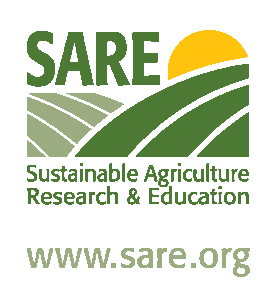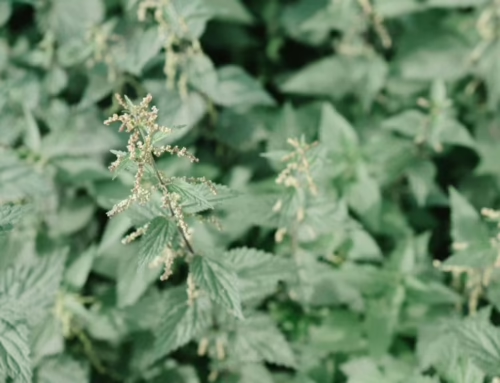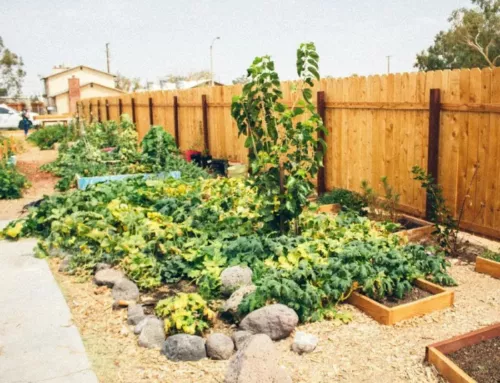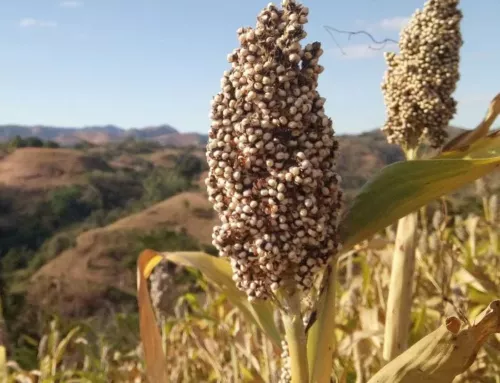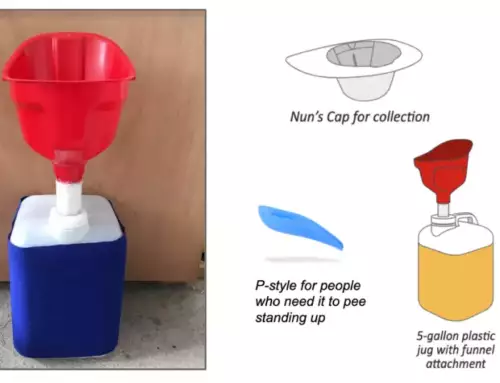By Caro Roszell, NOFA/Mass Education Director 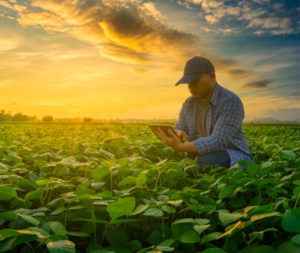
In the second week of January, I was fortunate to participate in a week-long training as a part of the first cohort of the Climate Adaptation Fellowship, a peer-to-peer learning program funded by SARE and run by a consortium of land-grant universities. The mission of the program is to help farmers and farm advisors learn together about climate change mitigation and adaptation, and then apply that learning through a farm adaptation plan.
The Fellowship year kicked off with a week of two-hour workshops delivered by researchers in the field of climate change and agriculture. Later this year I’ll be reporting in this newsletter about the adaptation plan for Simple Gifts Farm that I’m developing with my farming mentor and former employer, Jeremy Barker-Plotkin, but for now I wanted to share some insights that I took away from the training. In this article I’ll talk about climate change observations and projections and tools for looking at your own local level climate projections. In the next newsletter, I’ll share what I learned about nitrogen and how important it is to pay attention to nitrogen dynamics on your farm.

Wetter Winters and Springs, Drier Summers—but Not Predictably
Farmers and serious gardeners reading this have already noticed that the spring thaw seems to be getting earlier, generally, but that start date to the growing season is pretty erratic and unreliable.
Joshua Faulkner (University of Vermont) shared data confirming that yes, the growing season is measurably and generally getting longer.
According to the USDA Climate Adaptation Resources for Agriculture guide, “The length of the frost-free season has increased by 9 to 10 days across the Midwest and Northeast, and it is expected to increase by 18 to 30 days by 2055.” And the warming is actually unevenly distributed, with more of the increase occurring in winter.
Meanwhile, the on-the-ground experience of farmers is that the start to the season is increasingly unpredictable, making it harder to plan.
Faulkner also discussed data from the National Oceanic and Atmospheric Association (NOAA) that New England has already experienced a 55% increase in ‘very heavy precipitation’ events since 1958 and that that trend will continue (with intensity of projected change dependent on emissions scenarios).
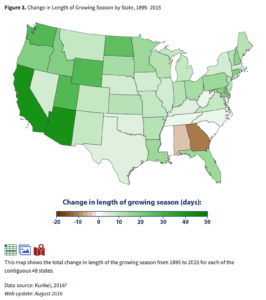
Image Source: EPA https://www.epa.gov/climate-indicators/climate-change-indicators-length-growing-season
Unfortunately for food producers, most of that extra precipitation coming our way is projected to be concentrated into the winter and spring, with an overall rise in longer periods in summertime without precipitation.
So, as our overall number of frost-free days increase (though not with much predictability from year to year) it will be harder for farmers to get into their fields in the springtime and fields left without cover crops will face more vulnerability to erosion from heavy spring precipitation. And, as we rack up more growing degree days per season, we will also face more and longer dry periods.
So to summarize— in the Northeast we are experiencing, and will continue to experience:
- Warmer winters with more rain and snow
- Earlier, wetter springs
- Warmer summers with more extended dry periods
- Increased threat of precipitation-related erosion in winter/ spring and greater wind erosion threat in summer/ fall
- Increased threat of heat stress for crops and animals
- Greater reliance on irrigation
What researchers don’t really know is how pests, weeds, and diseases will interact with these changes, but it is likely that pest and weed ranges will move north and possible that some pests will be able to complete an additional life cycle during the growing season, increasing their populations.
None of this is good news, but adaptation demands that we face observations and science-based projections and plan accordingly.
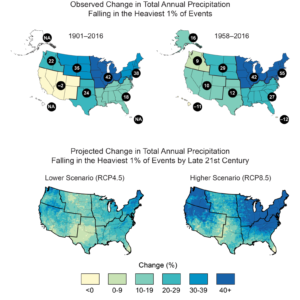
Image source, Climate.gov https://www.climate.gov/news-features/featured-images/prepare-more-downpours-heavy-rain-has-increased-across-most-united-0
Adaptation Thinking & Resources
For food producers, a great way to start thinking about your land and how to build resilience-building into your management practices is to check out the local projections for your area.
The Climate Smart Farming Tool provides a range of tools to help farmers adapt to climate change and plan for further adaptation, including a Growing Degree Days Calculator and a Water Deficit Calculator. But farmers might want to start by finding their county and looking at the projections for their own county. Available projections include both high emissions and low emissions scenario projections for average annual temperature, length of growing season, growing degree days and more.
Knowing how the climate conditions in your county are projected to change can help farmers make long term decisions about irrigation investments, land forming, tree crop plantings, building sites, and more.
Another resource available for farmers is the USDA Climate Adaptation Resources for Agriculture. Page 20 provides a comprehensive menu of adoption strategies and approaches for climate adaptation, with more detailed discussions on pages 21-31, but some recommended approaches are to:
- Build organic matter and soil health using cover crops (EQIP 340), compost application (EQIP 808) and tillage reduction (EQIP 329 and 345) to improve soil resistance to erosion, water infiltration and water holding capacity. (p. 21)
- Consider the farm as a landscape and install Conservation Cover (EQIP 327) and perennial plantings strategically to reduce wind erosion, slow overland erosion, and protect water quality. (p. 26)
- Protect and/or plant pollinator and wildlife habitat (EQIP 146, 327) on the farm to enhance biodiversity (supporting natural pest control and pollination of crops). (p. 27)
- Invest in improved irrigation systems and consider water holding and access on the landscape—consider digging ponds, swales, and cisterns. (p. 30)
- Enhance biodiversity on the farm—including crop and livestock varieties, products and enterprise integration (i.e. livestock and crop land) to improve agroecosystem and business resilience. (p. 28)
Overall, practices and planning that build soil health, that take the most vulnerable land out of production into long-term perennial cover, that support biodiversity, and that protect and enhance water resources can help growers weather the increasing unpredictability and severity of precipitation, drought, insect populations and behaviors, and seasonality.
At NOFA/Mass, we are working closely with farmers to help them implement various practices that support them to improve their climate resilience, as well as to help track soil health outcomes on the farm. You can find out more about what we’re learning together here in the newsletter as well as in our workshops and conferences.
